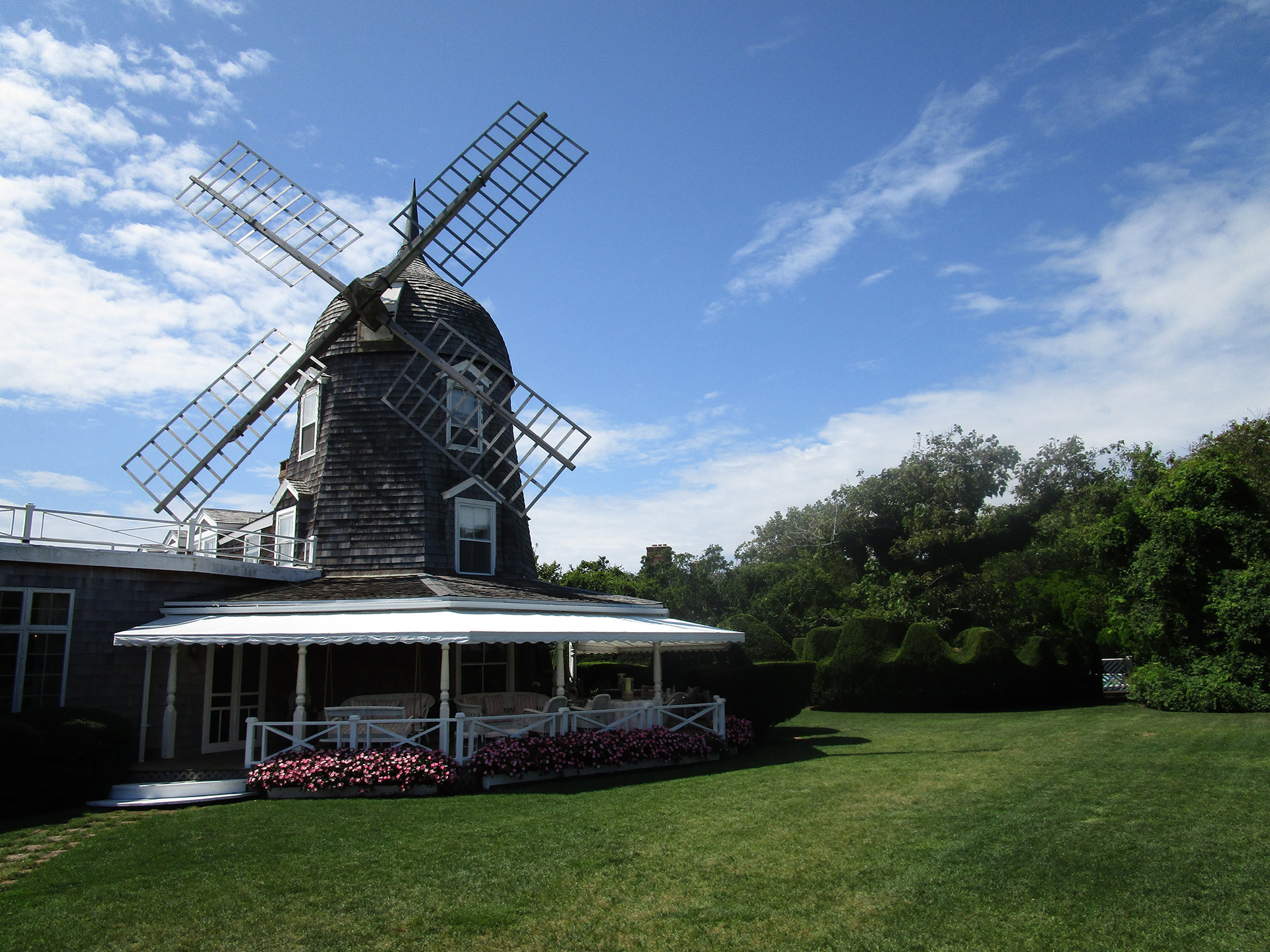An 'Insider’s View’ Into Southampton History


Who wouldn’t want a chance to glimpse behind the hedges and examine, up close, some of the old mansions and carriage houses of days gone by?
The Southampton History Museum, which celebrates 120 years in 2019, offers its tenth annual “Insider’s View” tour of some of Southampton’s most notable homes on June 1, and according to the museum’s executive director, Tom Edmonds, none of the houses have been on the tour before.
“Some have hosted outdoor fundraisers for other organizations in the past, but none have been seen by the public on the inside that I know of,” Edmonds said.
The event, which benefits the museum and its associated properties — four separate locations with 14 total buildings, including the 1648 Thomas Halsey Homestead — offers tour participants the opportunity to experience extraordinary houses that illustrate Southampton’s unique architectural history from colonial days to present, along with a kick-off toast and a champagne reception when the three-hour tour concludes.
Besides the homes on the tour, ticket holders also have the opportunity to tour the Halsey Homestead, Saint Andrew’s Dune Church, and a historic library building.
One of the area’s most iconic “cottages” — meaning second home or summer residence, not the cozy little cabin some might take it to mean — is the Windmill House, which is on the tour this year. Ever since C. Wyllys Betts purchased the Good Ground (Hampton Bays) windmill in 1880, moved it to Southampton, and attached it to his cottage on Gin Lane, the picturesque combination has been a favorite landmark, painted and photographed hundreds of times.
In 2007, Mary Cummings posted an article on Hamptons.com with this to say about Betts, who was a numismatic personality who authored “American Colonial History Illustrated by Contemporary Medals” in 1894.
“The first of the Betts brothers to arrive was Frederic, a lawyer whose clients included J.P. Morgan & Co. and a long list of corporate giants,” wrote Cummings. “C. Wyllys Betts, also a lawyer, arrived not long afterward and both bought land at the south end of the lake adjoining the ocean, thus making them the fortunate possessors of the most valuable building sites in Southampton, according to one of their contemporaries, William S. Pelletreau.”
Cummings continued: “Well-heeled Yale men, the Betts brothers were prominent in promoting the various improvements championed by the Southampton Village Improvement Association. Among C. Wyllys’s other interests were numismatics (he was co-editor of the American Journal of Numismatics) and English furniture. Legend has it that he shipped so much furniture back to Southampton after buying sprees in the British Isles that Frederic felt obliged to build his brother six houses to accommodate his extravagant purchases.”
The current owners, who acquired the Windmill House in 1989, undertook a complete restoration of the mill and its sails, and filled the cottage with artfully placed furnishings and objects that reflect their tastes and their travels.
Also on the tour is Folly Fields on Wickapogue Road. The owners of Folly Fields wanted something traditional, and asked Southampton architect Eric Woodward for a design that would fit into the neighborhood and make entertaining easy.
“Everyone has grand plans for their Southampton house,” Woodward said. “Here we achieved an abundant list of features in a compact 4000-square-foot design. Instead of sprawling aimlessly, the exterior features a tightly composed combination of American shingle-style and turn-of-the-century English country house roof lines. Designed in 1996, the exterior is simple and fits in with the Southampton vernacular without specifically reproducing any earlier historic house.”
The home includes a large living room and a well-equipped kitchen, a movie theater on the lower level, and a rose-covered pergola — a “folly.”
Other houses on the tour include an elegant getaway built in the style of a classic shingle-style Hamptons estate. The property, lushly landscaped, is within earshot of the surf. There is also a farm house, designed by local architect Brian Brady with multiple garden settings created by Landscape Details, which was completed in 2013. Although at first glance it may appear to be a quaint village home, inside is four floors of living space, including seven bedrooms. Owned by a family with young children, the house maximizes the use of all of its spaces to accommodate and encourage their active lifestyle.
There is also the 1708 House. “If walls could talk, no structure in Southampton would have a more fascinating tale to tell than the 1708 House, the historic structure that is currently a boutique hotel in the heart of the village,” reads the press release from the Southampton History Museum. “Sixty years before the 1708 date Jonas Bower laid the foundation for his house on this same spot and his basement survives today as the hotel’s wine cellar. In 1698, Isaac Bower built a bigger house over the original and the present owners speculate that conspiratorial patriots might well have gathered in the ancient cellar to exchange information on the activities of the hated British occupying forces during the Revolutionary War.
Refreshments will be served at 1708 House from 1 to 4:30 PM, along with tours of the house.
The kick-off toast will be held at One Kings Lane on Jobs Lane in Southampton Village. The house tour follows from 1 to 4 PM, with a champagne reception catered by Sant Ambroeus restaurant from 4:30 to 6 PM at the Rogers Mansion.
“Because the tour is so interactive with people both on and giving the tour, the party following the tour is amazing,” Tom Edmonds said. “Why? Guests, homeowners, and docents all love sharing their experiences with each other. People see old friends and make new ones. One woman I know made a new friend on the tour several years ago and now they are best friends,” he said.
Tickets are $125 in advance and $145 the day of the tour and are available through www.southamptonhistory.org.
bridget@indyeastend.com



